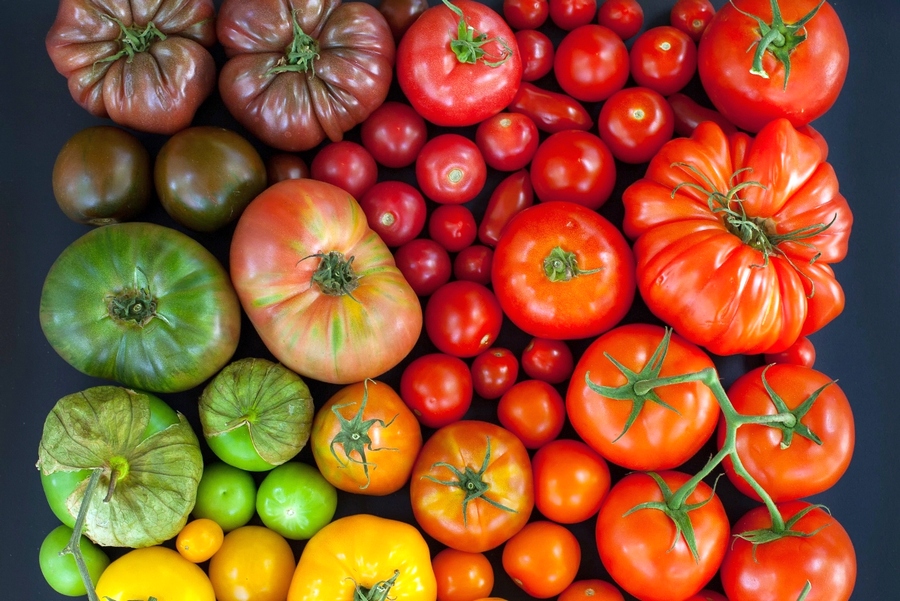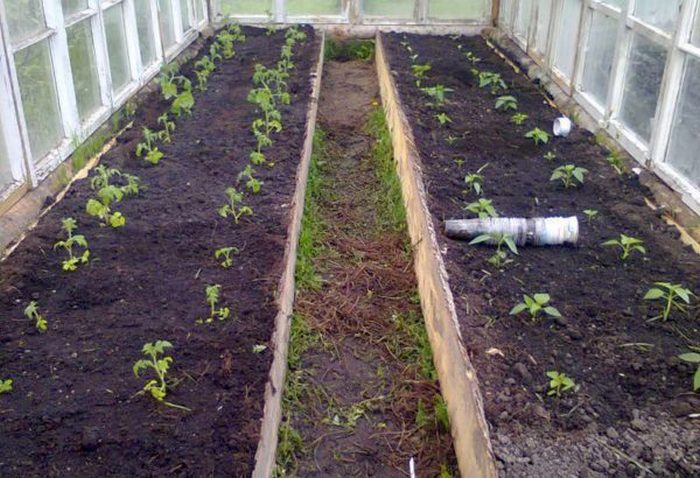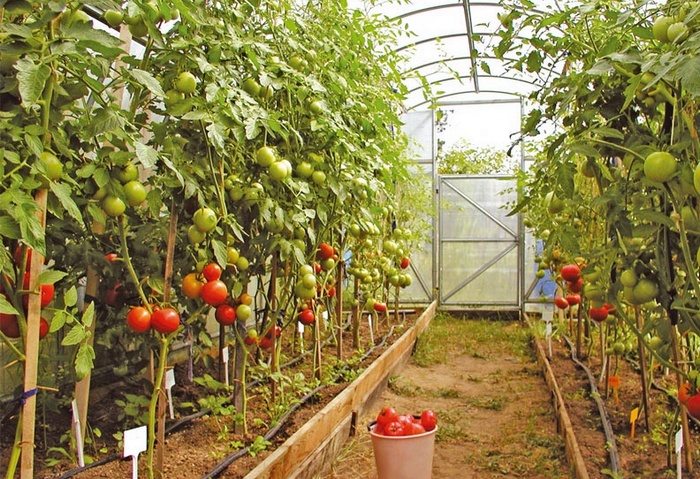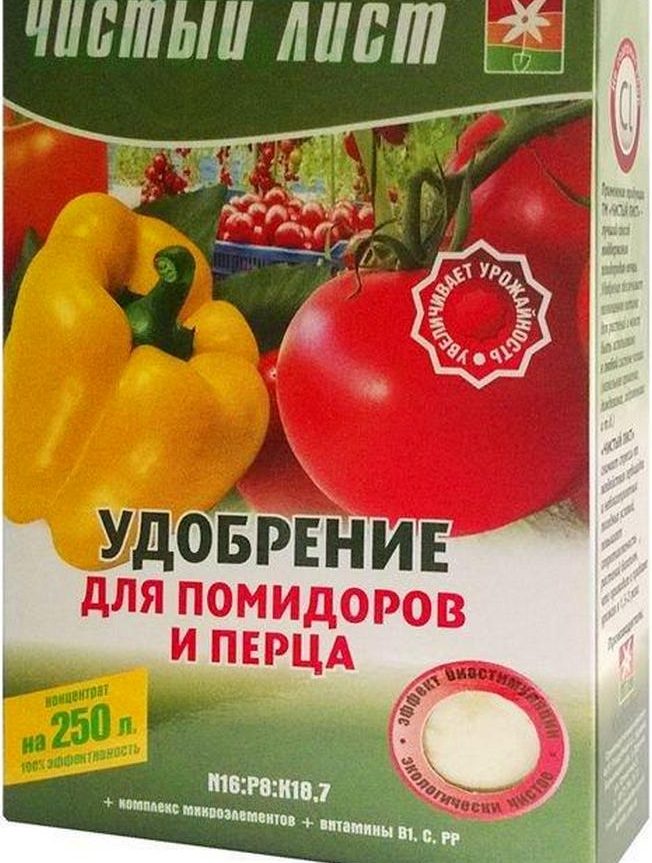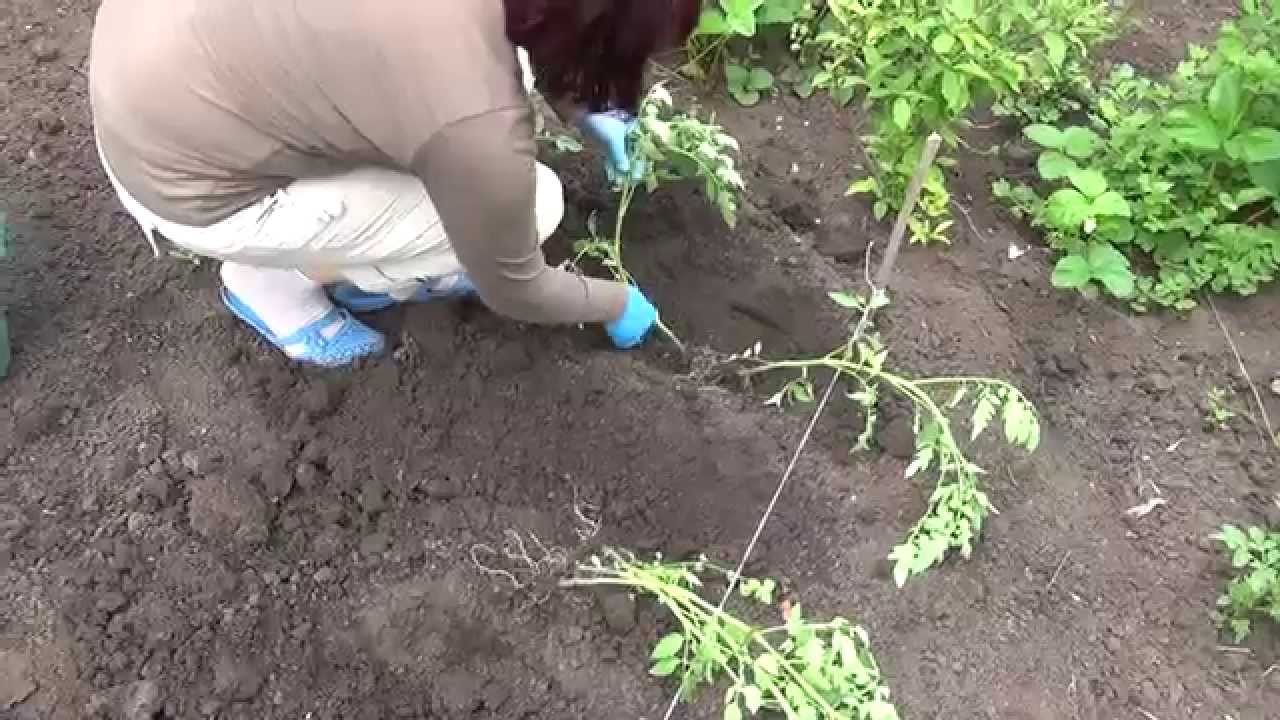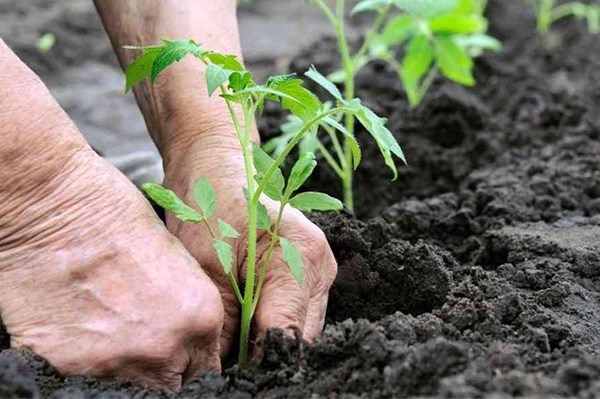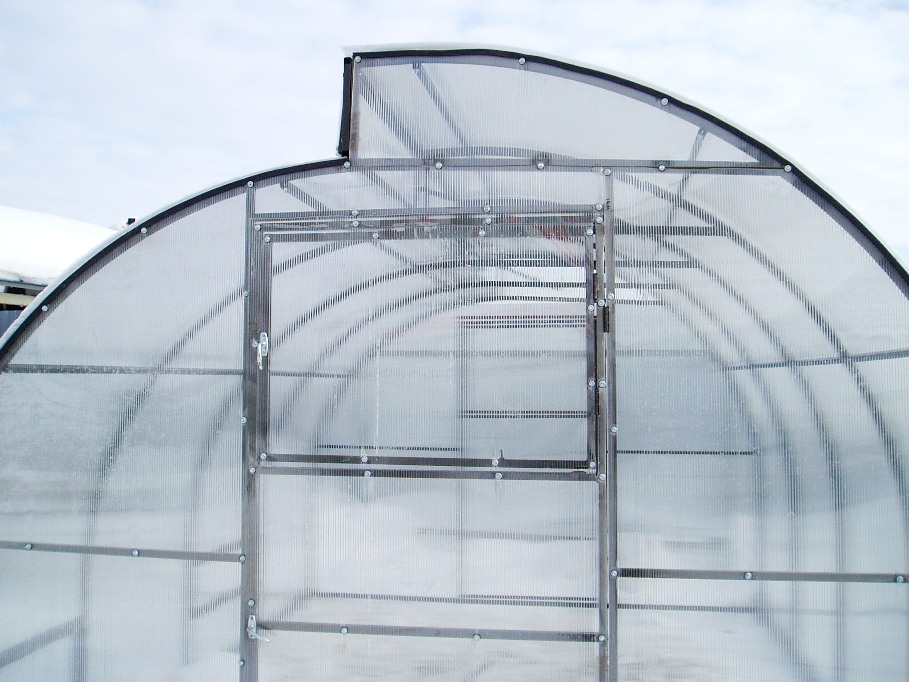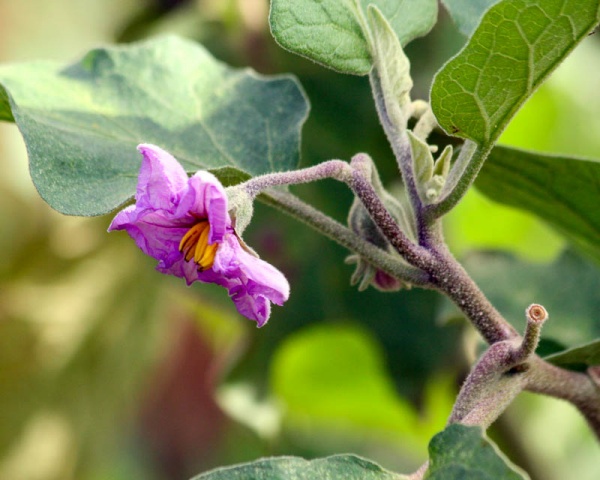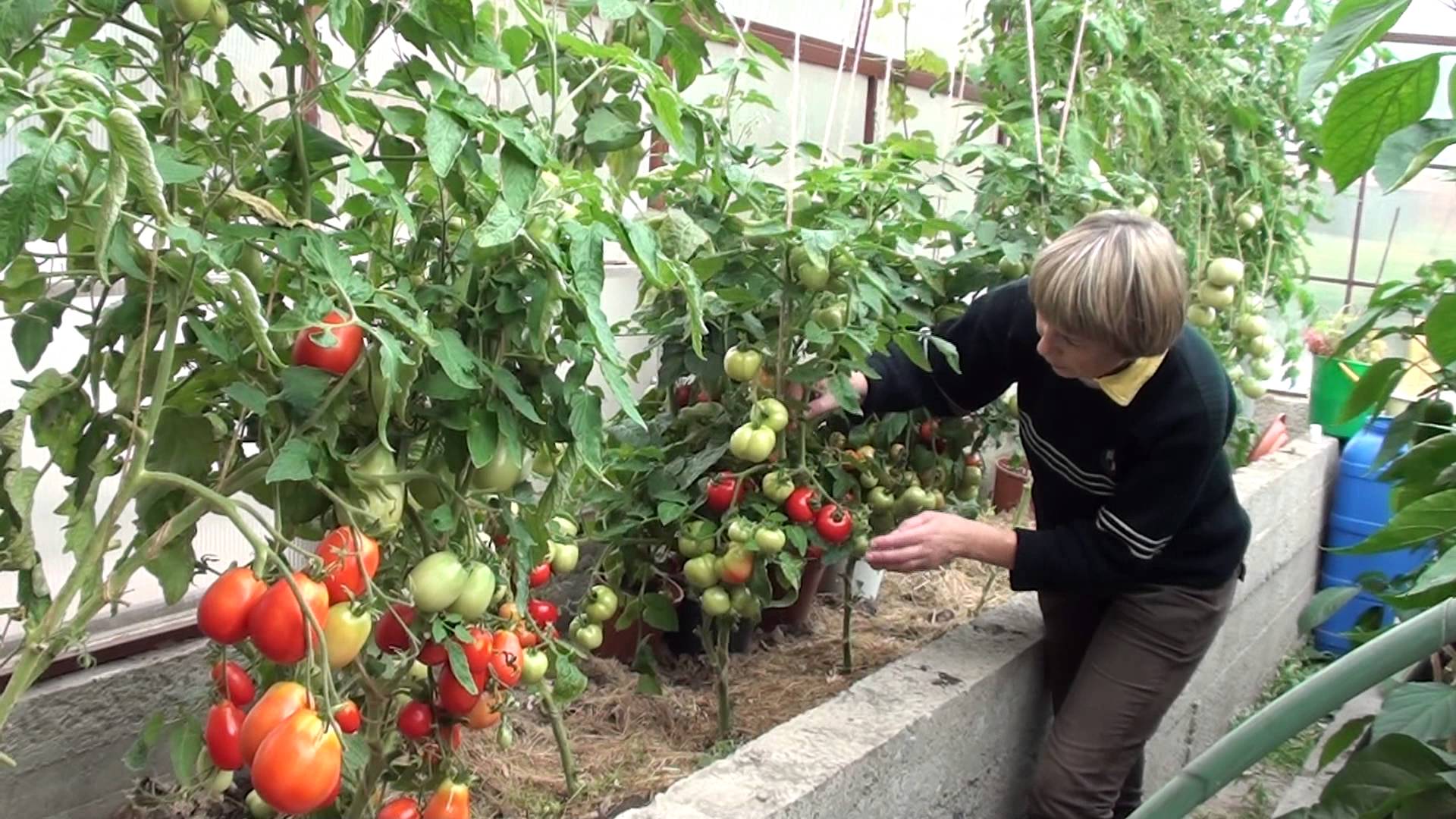Content:
Transplanting tomatoes into a greenhouse requires no less careful preparation than planting them in open ground. In order to collect a high-quality and large harvest in the future, you should study the opinion of experts, get acquainted with the experience of other gardeners. This will avoid a significant number of problems and carry out the transplant procedure with minimal harm to the tomato. It is recommended to study how to properly prepare the land, seedlings, carry out the transplanting itself, as well as the procedure for the subsequent care of the crop.
What is the tomato famous for?
Tomatoes are usually annual (seedlings are grown and tomatoes are planted every year) herbaceous plants. They belong to the Solanaceae family and are considered a vegetable crop.
The vegetable got its name from the Italian phrase pomo d'oro, which literally translates as "golden apple". The Aztecs called the described culture "tomatl", which was reborn in the European way into "tomato". The homeland of the plant is South America, on the territory of which even its wild forms can still be found.
Tomatoes came from South America to Spain and Portugal - the largest trading powers at that time (XVI century). From them, the tomato has already spread throughout Europe: first to Italy, then to France, and so on. In the 18th century, it reached Russia, where for a long time the plant was considered decorative, since its fruits, due to climatic conditions, did not have time to ripen. Later, agronomist A.T. Boltov. used the seedling method for growing tomatoes, and finally got a harvest of tasty and healthy fruits.
The main reason for the popularity of the described culture is the content of various nutrients in it. At the same time, it also has high taste, and due to its easy digestibility and nutritional value (the calorie content of the fetus is 19 kcal), it is used by nutritionists when developing food rations.
The fruit contains from 4 to 8% of dry matter, where the main share belongs to sugar in the form of glucose and fructose (which makes it possible to eat tomatoes even for diabetics), proteins, organic acids, fiber, pectin and starch. Tomatoes are rich in vitamins (especially of group B), carotenoids, and contain folic and ascorbic acid necessary for humans. High in other organic and fatty acids, which are also required by the body for normal functioning.
The combination of all the nutrients contained in tomatoes reduces cholesterol levels, promotes recovery and normal functioning of the liver, increases immunity and hemoglobin levels.
The plant is very heat demanding. A high and high quality harvest ripens at a temperature of 22 to 25 degrees Celsius. If the temperature during the flowering period is below 10 degrees Celsius, then the ovary will not form, since all the pollen on the flowers will fall off, therefore, in the climatic conditions of Russia, it is recommended to grow it in greenhouses or plant it in open ground not earlier than May-June, so that during the flowering period it is not there was frost.
The plant thrives on all types of soil, except for very acidic ones. It is enough to apply fertilizers on time, and a good harvest is ensured. To feed the culture, nitrogen, phosphorus and potassium formulations should be used.
How to transplant tomatoes into a greenhouse
First of all, you need to prepare the ground. The quantity and quality of the future harvest directly depend on its quality. Preparation consists in the following steps:
- Remove the top layer of garden soil in the area where the greenhouse is located. The removal depth is about ten centimeters. After that, it is necessary to decontaminate the site so that there are no pests and diseases on it that tomatoes are susceptible to. For this, it is recommended to use a solution of copper sulfate (the content of the substance in the water is no more than one tablespoon per 10 liters);
- The greenhouse must be ventilated before the tomato is transplanted into the greenhouse;
- After treatment with a solution of copper sulfate, the top layer is returned to its place and dug up with the simultaneous removal of the roots of all plants. In parallel, humus should be introduced (using fresh manure is not recommended, since it can simply burn the earth);
- After completing all the work, the greenhouse should be closed until the time when the seedlings can be transplanted into the greenhouse.
It is not recommended to plant tomatoes also in areas where physalis, peppers or eggplants grew before. The optimal predecessor for tomatoes is cucumbers, so these two greenhouse vegetables can simply be swapped regularly, while not forgetting to fertilize the soil in a timely manner.
The beds should be made no more than 40 centimeters high. It is recommended to cook them no earlier than one and a half to two weeks before the time when the tomatoes are transplanted into the greenhouse. The optimal age of seedlings for planting is 1.5 months, therefore, this procedure in the Moscow region does not take place earlier than the end of April - mid-May (depending on the climatic conditions of the territory and the weather in a particular year).
The requirements for the quality of seedlings when planting in a greenhouse are the same as for planting in open ground. It should be healthy, and the plant should reach a height of 25-35 centimeters in height. The number of leaves on the shoots usually by this time is from 8 to 10 pieces (if there are fewer of them, most likely, the plant is sick, and it is not recommended to plant it). Disembarkation is carried out only when the temperature reaches 20 degrees Celsius, and it must remain at this level for several days.
Before planting seedlings, it is necessary to make holes on the soil and water them abundantly (they usually water no earlier than 20-30 minutes before planting, so that the water has time to be absorbed, but the soil retains high moisture to improve plant survival). The depth of placing the sprout in the hole is determined by the lower leaves (as soon as they are at the soil level, the seedlings can be sprinkled). Immediately after planting, it is recommended to tie the tomatoes to pegs for stability and proper formation of the bush.
It is recommended to choose specific days when to transplant tomatoes into the greenhouse according to the lunar calendar.The transplant procedure itself should be carried out in the evening (in bright sun) or in cloudy weather to avoid direct sunlight on the plant.
There are several rules on how to transplant tomatoes into a greenhouse:
- The holes should be about 15 centimeters deep;
- It is recommended to fertilize the soil before planting seedlings;
- Before planting in the greenhouse, all yellowed foliage should be removed from the shoots;
- The roots must be completely placed in the hole so that the plant receives all the necessary nutrients;
- After placing the sprout in the soil in the greenhouse, the soil around it should be slightly compacted by slapping;
- After planting, the vegetable should not be watered for one week.
Caring for tomatoes in the greenhouse
The most important factor in a large tomato crop in a greenhouse is to ensure timely watering and feeding. Before the plant begins to bloom, it should be watered no more than once every five days. The water should be warm, and its amount is determined from the following proportion: one bucket per square meter. When watering, it is necessary to ensure that the water flows exclusively to the root and does not remain on the leaves or fruits.
Top dressing begins no earlier than two weeks after planting. Ordinary manure is fine as fertilizer. You can make a special solution: dilute 500 milligrams of manure, 10 grams of nitrate, 50 grams of superphosphate and 15 grams of potassium with chlorine in ten liters of water. After the beginning of flowering, the composition of the solution should be changed and the amount of minerals in it should be doubled.
Airing is an extremely necessary measure when growing tomatoes in a greenhouse. It allows you to reduce the temperature and humidity, since exceeding the standard values for these parameters can slow down pollination and reduce the number of ovaries. In addition, late blight develops in a humid and warm environment, and ventilation is an excellent measure for its prevention.
Thus, growing tomatoes in a greenhouse allows you to get a good harvest. At the same time, the growing method remains seedling. First you need to plant the seeds in special containers, then plant the emerging shoots and then plant them in a greenhouse. There are certain rules on how to properly transplant tomatoes into a greenhouse. First, you need to prepare the ground. Secondly, form the holes. Thirdly, correctly place the sprout in the hole and provide quality care for it. Care consists in timely watering and feeding.
